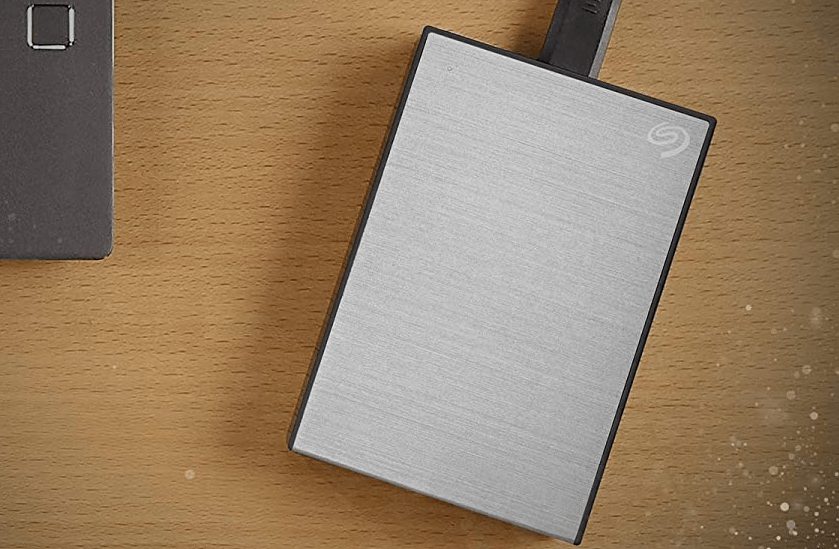


- #Macbook external hard drive backup mac os
- #Macbook external hard drive backup mac
- #Macbook external hard drive backup windows
Some highly specialized external drives might not work with Macs even if they're formatted correctly, but consumers looking for extra space simply to store backups or large video collections aren't likely to encounter them.
#Macbook external hard drive backup windows
If you really fancy a consumer-oriented drive formatted for Windows (which will usually come pre-formatted in the NTFS format), you can use the Disk Utility in macOS to reformat it after you bring it home from the store. Of course, you can easily wipe and reformat most external drives, so you're not limited to buying only those intended for use with Macs. You won't get the security and efficiency of APFS, but you will get the convenience of being able to transfer files back and forth between Windows and macOS simply by plugging in and unplugging your drive. If you plan to use your external drive with computers that run both operating systems, you should consider formatting your drive with the exFAT file system. Neither Apple File System nor HFS+ works with Windows, however.
#Macbook external hard drive backup mac
Any drive formatted with HFS+ will work just fine with a Mac that's running High Sierra or later. There are many benefits to switching from HFS+ to APFS, including better security thanks to native encryption, but the most important thing to note for external-drive shoppers is backward-compatibility. It's simply called the Apple File System (APFS), and it's the first format to be used across both Macs and iOS devices.
#Macbook external hard drive backup mac os
Starting with macOS "High Sierra," Cupertino ditched its venerable Mac OS Extended file system, commonly abbreviated as HFS+, and switched to an entirely new file system. Read on as we solve this and all of your other Mac external-storage quandaries.īefore we get to Thunderbolt, we need to address a basic building block of hard drives that has always affected compatibility, and probably always will: the file system.Īn external drive's file system is the most important factor that determines whether or not it's readable by Macs, PCs, or both. In fact, in many cases it makes sense to choose an inexpensive non-Thunderbolt drive that isn't targeted toward Mac use. So what's a Mac user to do who just wants to back up his or her files using Time Machine, or stash a large video collection? Spoiler: A Thunderbolt drive isn't your only option far from it. As a result, they are typically external SSDs, or even multidrive RAID arrays, which means they also tend to be expensive. The main difference is that many drives made specifically for Macs use the upgraded Thunderbolt data transfer protocol, which promises super-fast data transfers for photographers and video editors who need to store mountains of footage and access it very quickly. Most laptops with either operating system now come with at least one oval-shaped USB-C port, and it's the one you'll want to use for connecting your external drive.


 0 kommentar(er)
0 kommentar(er)
